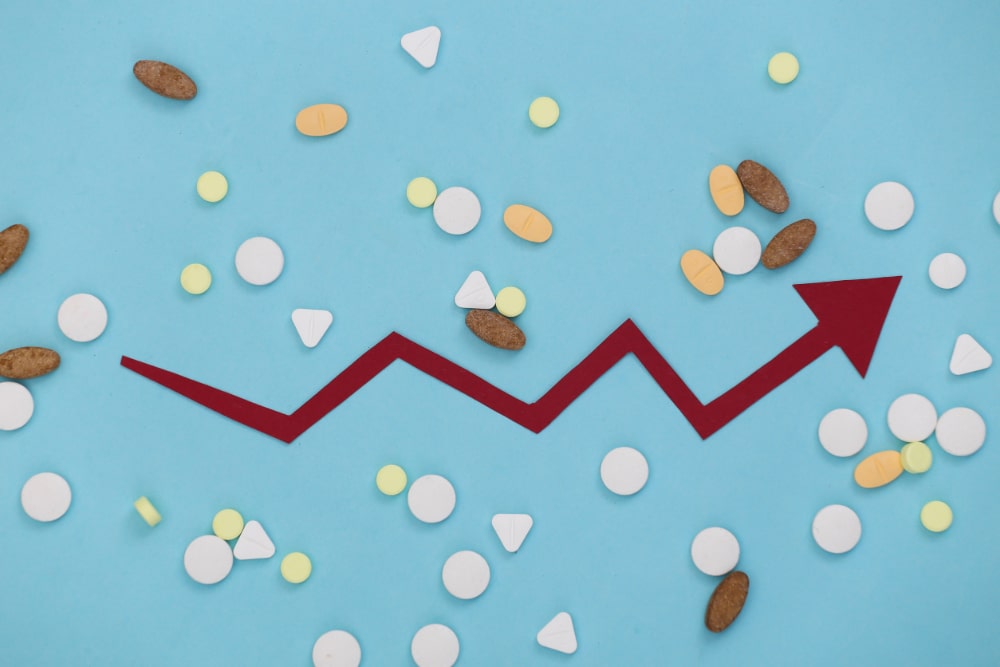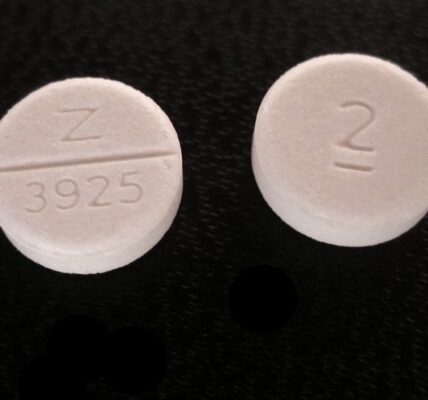The Free Market Approach to Addiction Recovery, Part 2

In part one of The Free Market Approach to Addiction Recovery, we looked at the cost of various addiction treatment options, including:
Do Nothing: Without treatment, the problems of addiction continue, including reducing the workforce, lowering GDP, and increasing unreimbursed medical expenses.
Involuntary Incarceration: Jailing drug addicts is far more expensive than treating them or doing nothing. It results in court costs and jailing expenses that average $65,000 per person, per year.
Involuntary Lethal Injection: Proposed by Brian Kilmeade on Fox & Friends, “just killing them” is quite expensive as well, resulting in a permanent drop in GDP and the not insignificant costs for storing and disposing of human remains.
Providing Free Addiction Treatment: Providing addiction treatment is so inexpensive it can often be covered by donations without taxpayer expense. When successful, it results in an increase in GDP, a reduction in government subsidies, and lower lifetime medical costs.
Providing Free Housing Plus Addiction Treatment: The most humane way to deal with substance use disorders is also the least expensive and most effective. By providing free housing, the percentage completing addiction treatment skyrockets, and the benefits to society come stronger and faster.
You might think, “Case closed. Paying people to get better is the best way to treat addiction.” But there’s an even bigger case to be made. Addiction treatment is itself an economic benefit and can be used to stoke the economy in places where it has been decimated.
In June, we wrote about Harlan County, Kentucky — one of the hardest hit counties in the opioid epidemic — and the economic boom resulting from the rise of addiction treatment facilities. Recovery is the new big business in Harlan County, and it’s flourishing. People there are getting better, taking jobs in the recovery economy, helping raise up others in their community.
The same phenomenon has been noted in Dickenson County, Virginia, where overdose deaths were double the state average. The county has invested public and private money into creating living units at the low cost of $70,000 each. This subsidised housing has led to an increase in construction jobs in the area.
Dickenson County has combined housing with addiction treatment, job training, and job placement. People who get clean in Dickenson County get jobs. The expansion of the workforce, the increase in tax revenues, and the reduction in unreimbursed medical costs are saving the county a bundle.
Good things come in threes, and last month, another locality hard hit by the opioid epidemic released numbers showing the benefits of investing in addiction recovery. Vermont Business Magazine ran a feature article on the contribution of addiction recovery to Vermont’s economic future.
One problem with ineffective ways to deal with addiction treatment, such as ignoring it or incarcerating addicts, is that they are surprisingly short-sighted. They are willing to forgo a proven, effective, long-term outcome for the short-term relief from having to see addicts in public. The Vermont Business Magazine article takes a refreshingly longer-term view of the problem:
One lever for inclusive economic growth is investing in recovery services for Vermonters affected by substance use disorders (SUDs). These investments aren’t just compassionate; they’re strategically aligned with the Vermont Economic Action Plan’s goal to increase the labor force participation rate to 70% by 2035.
Vermont has a workforce shortage. Facing a huge imbalance of adults 65 years and older who are mostly out of the workforce, and a young population with low workforce participation rates, Vermont needs to get working-age adults off the sidelines and back into the economy to be able to afford social services for everyone.
Therefore, Vermont is investing in the recovery economy, building low-cost housing and providing free addiction treatment services to lure people into recovery. Once they enter recovery, Vermont puts them into job training and job placement to get them back into the economy — often starting in the recovery business.
The article, written by Daniel Franklin, executive director of the Vermont Association for Mental Health and Addiction Recovery, and Kevin Chu, executive director of the Vermont Futures Project, comes to the important conclusion about investing in the recovery economy:
It increases labor force participation, lowers downstream costs for Vermonters, and most importantly, heals individuals and communities to reclaim a future filled with possibility.
Now is the time for municipalities around the country to take advantage of opioid settlement funds and invest in the recovery economy. Helping people in your community get better and get back in the game is a good investment that will pay dividends for decades to come.
Written by Steve O’Keefe. First published September 24, 2025.
Sources:
“Franklin & Chu: Addiction recovery contributes to economic recovery,” Vermont Business Magazine, July 27, 2025.
“A Kentucky county’s recovery from opioid crisis could be a model for Tennessee,” The Tennessean, May 26, 2025.
“Addiction treatment as an economic development strategy?” Cardinal News, August 11, 2025.
“Housing The Homeless Not Only Saves Lives — It’s Actually Cheaper Than Doing Nothing,” HuffPost, May 25, 2014.
Image Copyright: splitov27.




